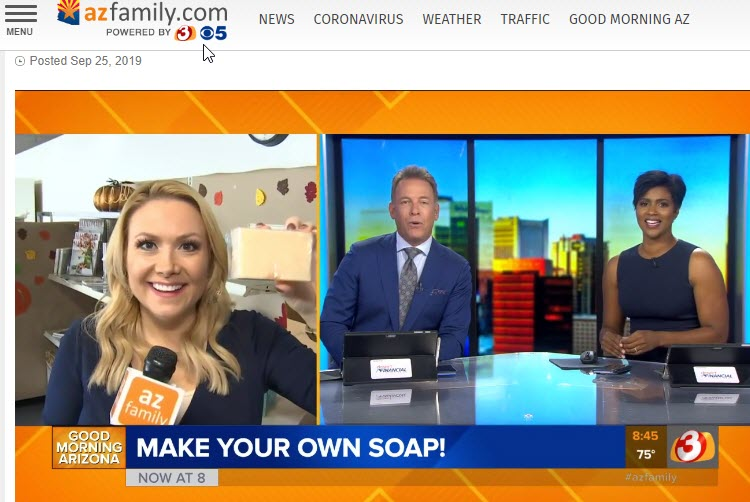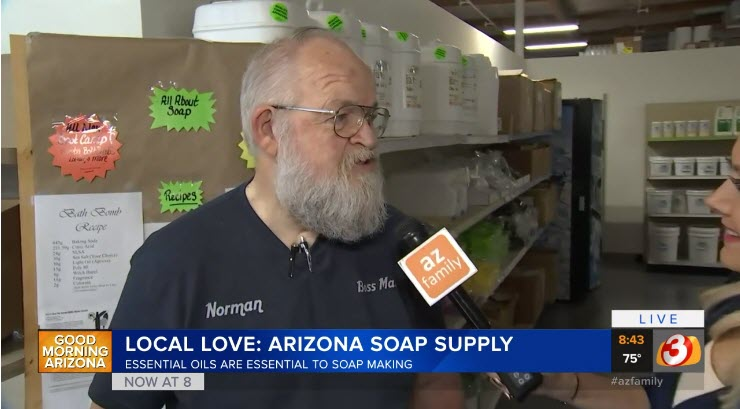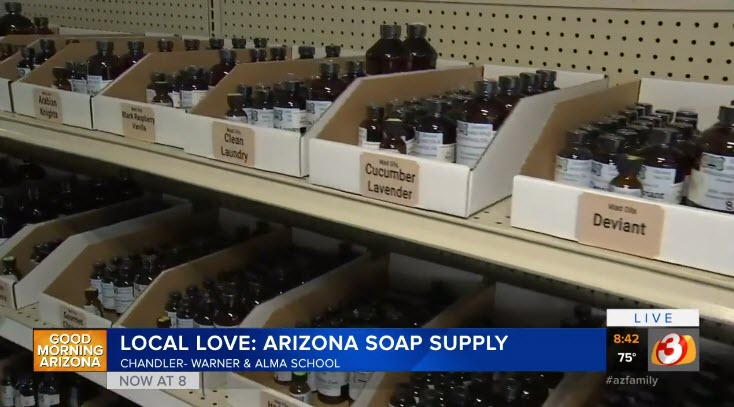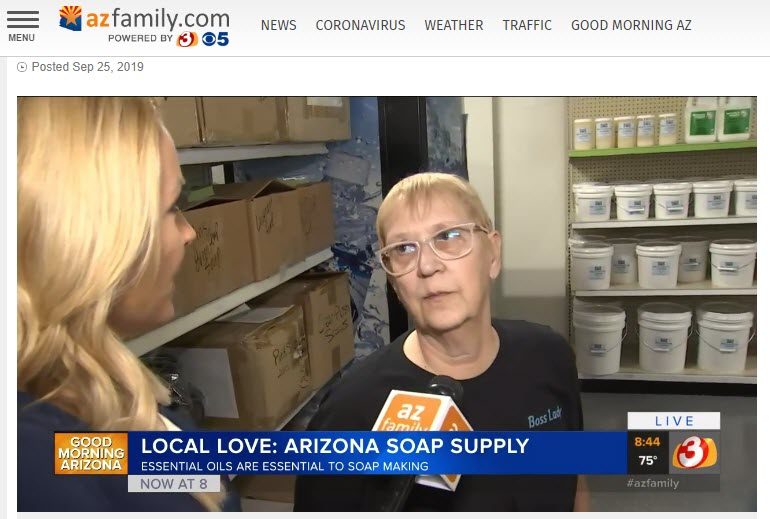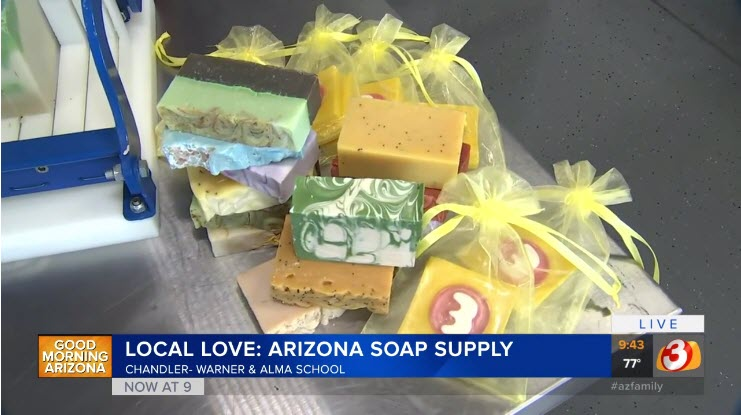Essential Soap Supplies When Making Your Own Lye Soap
March 03, 2015 12.45pm
When you’re getting started making soap, there’s such an overwhelming variety of soap supplies waiting for you that it can be hard to figure out what you really need. Here are the bare essentials for making your own soap. While you can get fancy molds and fragrances later on, this will be enough to get you started.
First, you need protective gear. At a bare minimum, you’ll need eye protection (goggles or safety glasses will work well, though if you want to be thorough, you can invest in a plastic face shield) and rubber or nitrile gloves. An apron can help protect your clothes. You will also want to keep some vinegar handy to neutralize the lye if it spills.
Regarding tool, anything you use to make soap should only be used to make soap, so make sure you keep your soap-making supplies separate and well labeled. At minimum, you need a heat-safe vessel for your lye solution, a stainless steel sauce pan to melt your solid fats and oils, and a large stainless steel pot where you can mix everything together. Be sure to acquire some silicone spoons and spatulas that you can use to stir. Wooden spoons are another option, but they tend to be less durable when they are exposed to lye. A digital scale will also be incredibly helpful, because for consistent results, you want to measure your ingredients by weight, not by volume.
Molds are where the truly mind-boggling variety comes in. Food, flowers, animals–there is not much that hasn’t been turned into a soap mold at one time or another. If you are just getting started, though, you may want to stick with a simple loaf mold in plastic or silicone. These will give you large blocks of soap, which you can slice into individual bars. If you are making cold-processed soap, you also need racks for the soap to rest on while it cures.
Once you have your tools, you can focus on materials. At the most basic, you need lye, also known as sodium hydroxide (NaOH), water and an oil or fat. You can make a single-oil soap (castille soap, for instance, is made with just olive oil), or a blend with ingredients like shea butter and coconut oil.
Of course, there is a whole world of additives to color your soap and add fragrance, but with these basic tools, you are off to a good start.





